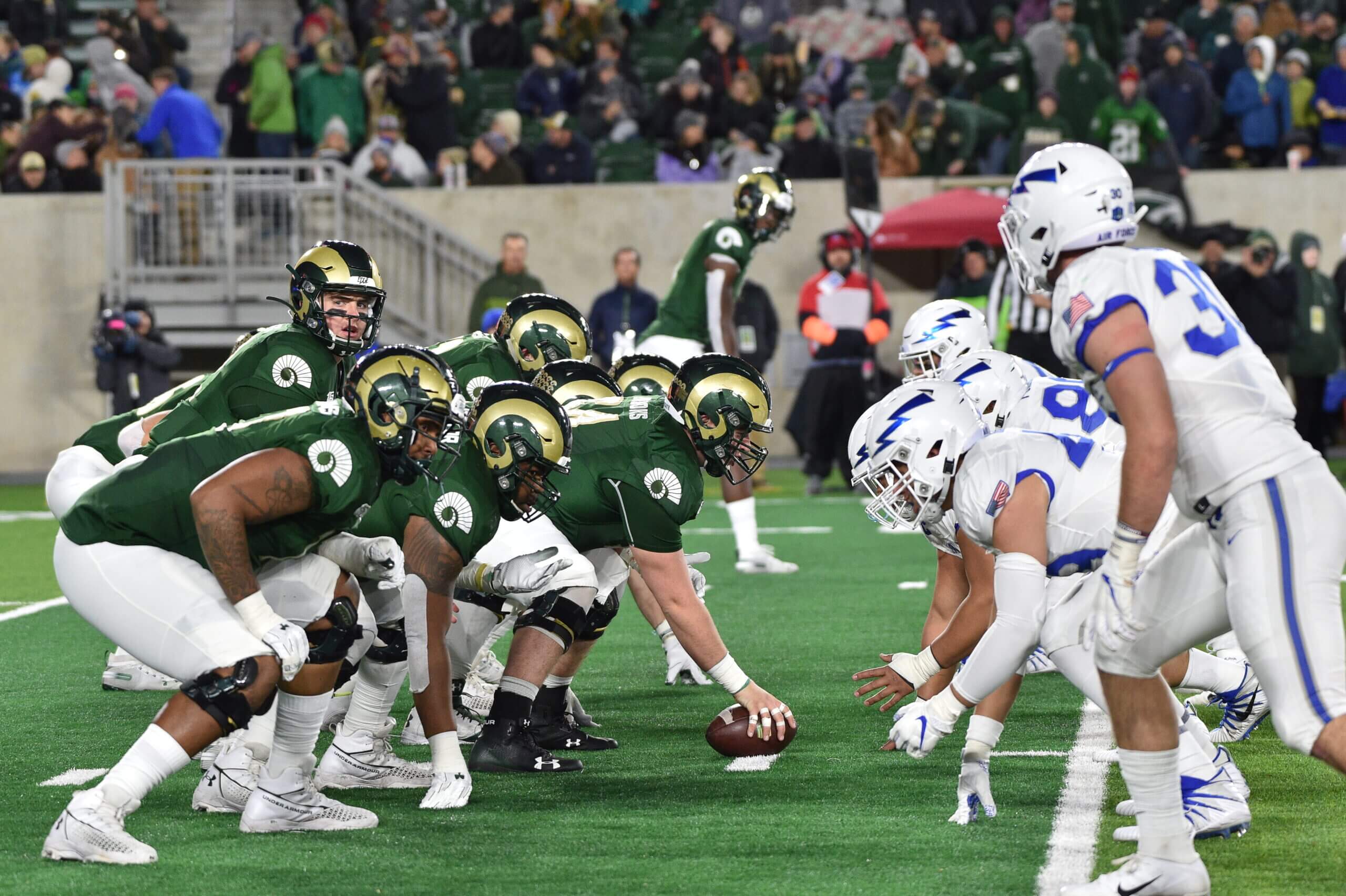Conference realignment: The American could add new schools soon, and the Mountain West is a target
Conference realignment isn’t slowing down, and American Athletic Conference commissioner Mike Aresco
believes his league could add new members in a matter of weeks, rather than months.
Aresco made the comments in a brief interview with
The Athletic after Wednesday’s
College Football Playoff meeting involving all 10 FBS commissioners and Notre Dame’s athletic director.
“We’ve engaged only with people that had an interest,” Aresco said.
It’s been
a frantic several weeks in the Group of 5 on the topic of realignment. There was a race for the Big 12, but AAC members Cincinnati, Houston and UCF only needed to submit a short official letter in the end to get the official invitation, as they stood out from the pack from a television, financial and athletic success perspective. From there, attention turned to the AAC, which is now looking for two to four additions to restock.
That’s where things get complicated. Some schools very much want an invitation from the AAC. Some schools question the value of the conference, especially if Memphis gets a Big 12 invitation in a few years. And some believe that those downplaying the AAC are only jealous they’re not in the AAC conversation. Everyone has a different opinion. These are petty times.
Moving to the SEC or up to the Big 12 was an easy decision. Decisions now are not as clear. Still, schools are putting together their information and pitches, should the opportunity arise.
Aresco would not hint at or name any schools the AAC is considering, but a western wing of Mountain West schools is believed to be among the top targets, including Boise State, San Diego State, Colorado State and Air Force, according to other sources. All four have athletic budgets around $50 million, which is in the AAC’s range. But in the weeks since AAC spots opened up, it’s Colorado State and Air Force that are believed to be more interested in leaving than the other two.
Boise State and SDSU once briefly agreed to join the Big East, and the Broncos have previously had discussions with the AAC. But Boise State will be a top target if the Big 12 expands again, and commissioner Bob Bowlsby has said further expansion is very much on the table. So the potential of paying two conference exit fees within a few years with a move to the AAC is not appealing. SDSU has its sights on a Power 5 invitation as well. The travel costs in the AAC for Boise State and SDSU would also be greater than the two Colorado schools. Sending volleyball teams to Philadelphia and Greenville, N.C., is not a draw.
There’s also doubt about the future of the AAC’s television deal. AAC schools currently make about $6 million annually, but that is bound to go down without the three departing programs and their sizable television audiences. How much so has been up for debate. The Mountain West distributes about $4 million annually, but Boise State receives its own carve-out for its home games that can be worth an additional $1.8 million. (That carve-out has frustrated other MWC schools, and the league’s attempt to change it led to a threat of a lawsuit from Boise State in 2020.)
Still, there’s a belief that, with Cincinnati, Houston and UCF leaving for the Big 12, earning a Group of 5 spot in a potential expanded College Football Playoff should be easier moving forward. For a big fish in a smaller pond, there may be no need to change conferences within the G5.
Meanwhile, for Air Force and Colorado State, travel east would be a bit easier than for Boise State and San Diego State, and the Mountain West already requires plane travel to most other schools for them. The flip side of the Memphis question: There’s a concern about the MWC’s value if Boise State receives a future Big 12 invitation, and there’s a feeling of needing to get ahead of that move. And again, the value of an AAC that adds these schools is up for debate. As a service academy, Air Force has a national fan base, and adding the Mountain time zone could add more broadcast windows for the AAC, in hopes of offsetting the loss of three major teams.
Sources outside the AAC and MWC are skeptical there will be much, if any, financial gain in leaving the MWC for the AAC, at least in the short term. But these aren’t short-term moves, and moods around conference movement can change by the day.
A western wing of Mountain West schools is believed to be among the top conference realignment targets for the AAC.

theathletic.com
Go Gophers!!

